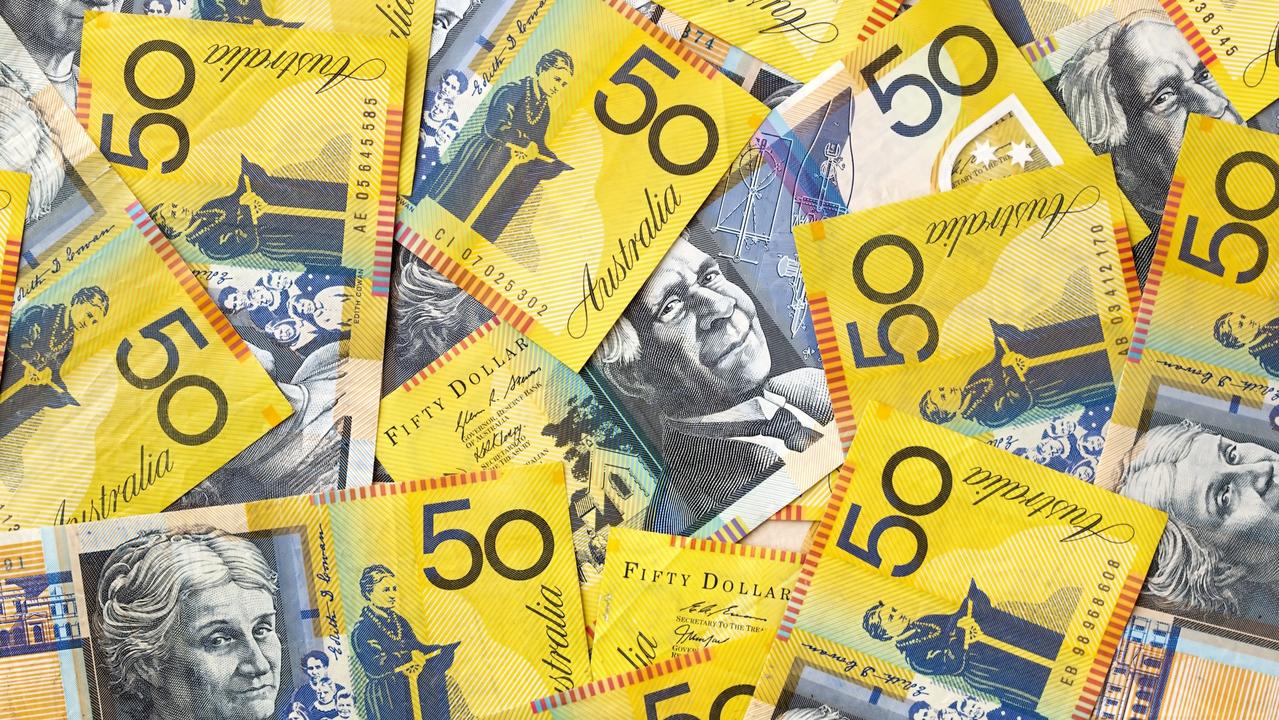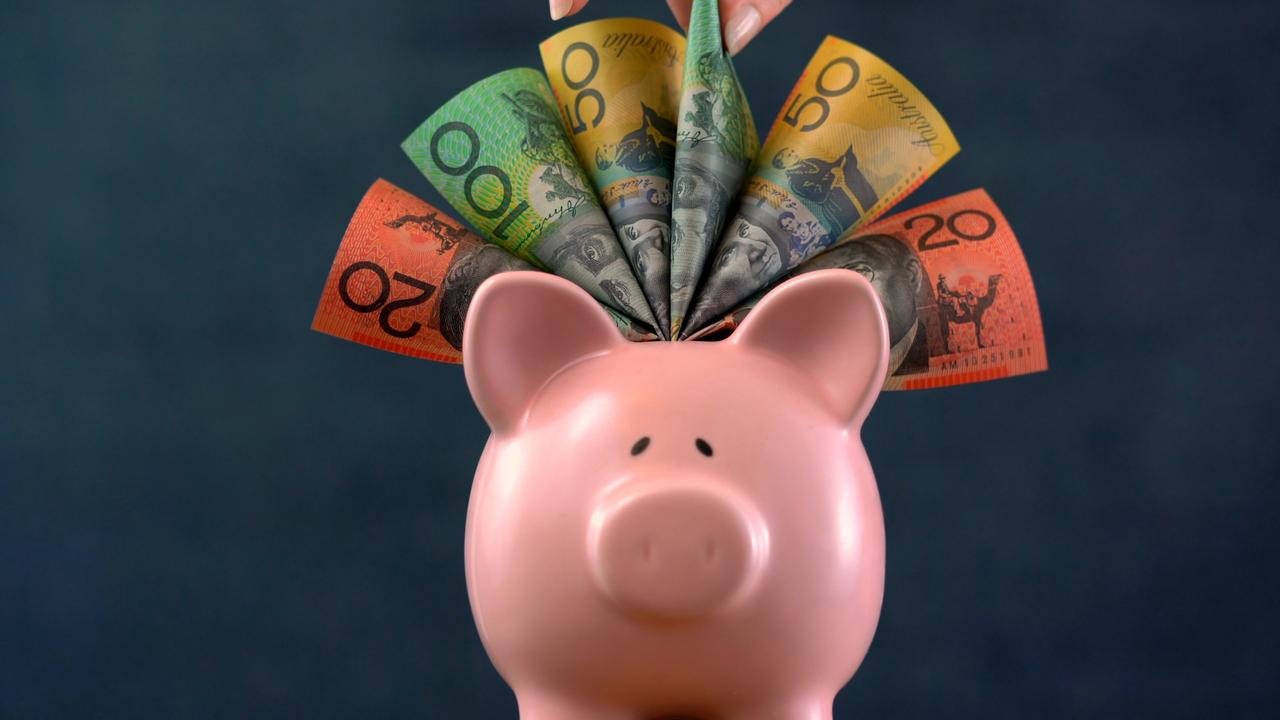Tax return: How Aussies are planning to spend their refund payments
Millions of Aussies don’t think they will get anything back at the end of the financial year. But that’s not what the experts are predicting.
Aussies could score a whopping $2600 on average back from their tax return this year, according to new research.
But it seems they aren’t in the mood to splurge.
A survey from comparison website Finder revealed 35 per cent of Australians – around 6.8 million people – plan to put their tax return into savings.
Based on the average refund being $2600, Finder estimated that a staggering $17.6 billion would be put into savings this tax season.
The research found that 12 per cent of Australians will use the extra funds to pay for household bills and 7 per cent will put their tax return towards paying off their mortgage.
Kate Browne, personal finance expert at Finder, encouraged Australians to think wisely about how they use their extra cash.
“This is a cash injection most people have worked hard for throughout the year, so it’s pleasing to see that just over a third of Aussies aren’t planning to spend it all at once,” she said.
“In previous years, we would have expected to see higher rates of spending on things like retail therapy and travel. Given the uncertain events of the past 12 months, Australians are understandably wanting to save whatever cash they can.”
Gen Z are the biggest savers, with almost half planning to save their tax return, while just 23 per cent of Baby Boomers plan to do the same.
Make sure you don’t miss out
Surprisingly, 30 per cent of Aussies didn’t expect money back from their tax return. Yet, they could miss out on the $1080 tax cut that was introduced by the Federal Government last year.
More than 10 million Aussies are expected to receive a $1080 bonus.
“Australians will get a bumper tax return this year due to the low and middle income tax offset and also the change in tax thresholds from July 1, 2020,” director of tax communications at H&R Block Mark Chapman said.
“For all those Aussies who expect to pay tax this year, this could come as a pleasant surprise as the impact of both measures could mean they are actually due a refund, or at the very least a decrease in their tax liability.”
RELATED: Tax claims you won’t get away with

The low and middle income tax offset is available to all taxpayers with income up to $126,000. The amount available differs depending on your income.
“Basically, if your income is less than $37,000, you will receive $255. If your income is between $37,001 and $48,000, the tax offset will increase steadily to $1080,” Mr Chapman said.
“Between $48,000 and $90,000, you will get the maximum of $1080. Earn more than $90,000, and the offset gradually phases out, disappearing after $126,000. You must lodge your tax return in order to get the offset.”
However you don’t need to complete anything in your tax return in order to receive it; simply lodging it is enough, Mr Chapman said.
RELATED: Things you must do for tax before June 30

The offset will also be available for Australians in the 2021-22 financial year for singles earning under $126,000, which is payable when a tax return is lodged.
Money buffer
Ms Browne reminded Australians that the extra savings could be a good buffer against any unforeseen costs in the coming financial year.
“The Covid-19 pandemic has shown us what an expected financial event can look like, so for many Australians having a healthy savings account is top of mind.
“I’d suggest using the cash to bulk up your savings, consolidate debt, or get your bills under control.”




